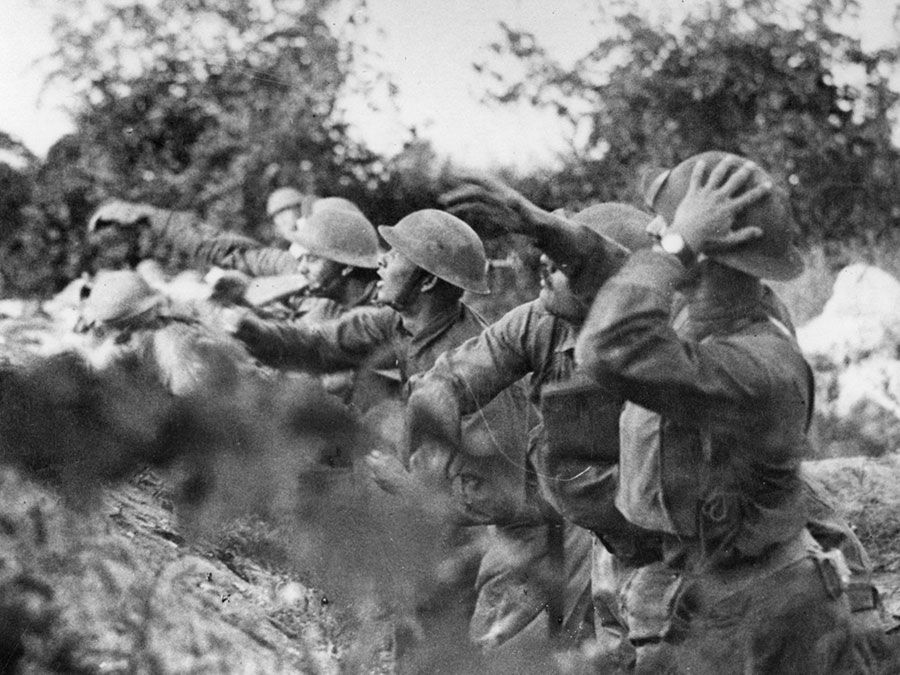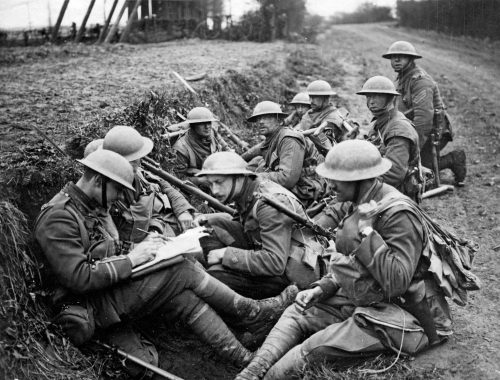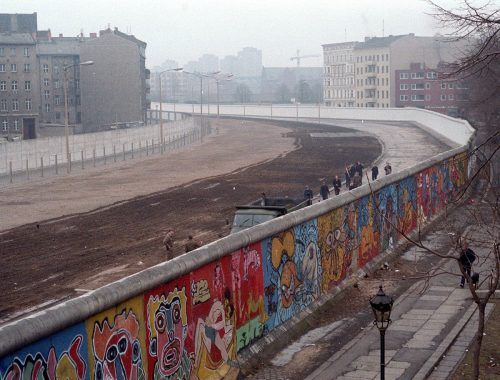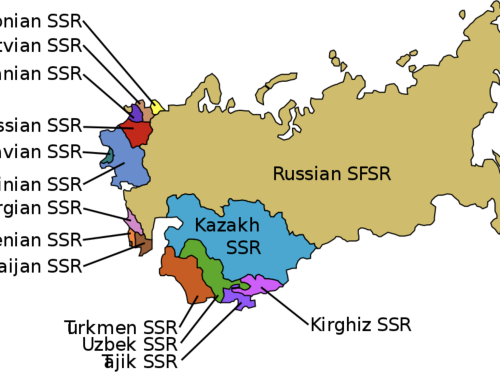
Short History of World War – I
For the TL;DR version please follow this link.
One of the most important reasons for the First World War was the assassination of the heir to the throne of the Austro-Hungarian Empire and his wife on June 28, 1914, in Sarajevo, Serbia. However, the build-up to the war and tension started before that. To understand this, let’s look at the history and situation of Europe before 1914.
Europe before 1914
- Power Imbalance – Bismarck helped Germany reach the level of one of the powerhouses of Europe. Later, Kaiser Wilhelm II tried to keep up with Bismarck’s vision and ended up creating conflicts and enemies with countries like Britain and France.
- Treaties and alliances – All these powerful countries knew about the tensions rising among them, and every country wanted to be safe. Two of the greatest alliances thus formed, but much earlier than the start of the war. One of the main goals of these treaties and alliances was to agree on helping each other if the war broke.
- Triple Alliance (1882) – Germany and Austro-Hungarian Empire had an alliance since 1879. But on 20 May 1882, Italy joined, and they formed the Triple Alliance. It was a military alliance of mutual defence, in which they would come for help at the military level if any other countries attacked them. This alliance broke in 1915 during the first world war when Italy joined the war against Germany and Austria-Hungary.
- Triple Entente (1907) – An informal understanding between the Russian Empire, France, and the United Kingdom of Britain and Ireland. Other countries like Romania, Montenegro, Portugal later joined in. It was built upon the Anglo-Russian Entente of 1907, the Entente Cordiale of 1904 between France and Britain, and Franco-Russian Alliance of 1894.
- Militarism – Powerful countries like Germany and Britain competed to improve their military power and they spent a lot of money to stay in the race.
- New Imperialism Era – Countries like France, Portugal and Germany, inspired by Britain, started colonising other small or big (but weak) nations. Even small countries like Holland, Belgium, and Spain joined the race to capture parts of Africa. This event of dividing and colonising Africa is referred to as the “Scramble of Africa”.
- Industrial and Trade Competition – The trend of “Made in Country Name” started during this time. Every country wanted to spread the word that they were the best and ahead of others in manufacturing and invention.
- Nationalism – The slogan “My nation or country is great” was started by Kaiser Wilhelm II. The rest of the world followed this trend and all of them wanted to be the greatest.
- Religious Integration – Caste, religion, culture, tradition, and language became the reasons for many to get together and make alliances. For example, Bosnia was a Slavic nation under Austro-Hungarian Empire. Serbia, a neighbouring Slavic country, wanted to free Bosnia from the empire and create a much bigger and great nation by merging with Bosnia. Russia also supported this because Russia was a Slavic nation. It eventually resulted in a conflict between Russia and Austro-Hungarian Empire.
- Lack of International Organisations – The lack of international organisations like the United Nations, European Union, Nato, etc led to chaos. There were no regulations or control over what a country could or should do to maintain peace and order.
- Kaiser Wilhelm II – He was one of those people who wanted the war to establish supremacy over the rest of the world. He kept investing in the military. It antagonised multiple nations, and Britain even tried to persuade him to stop it.
Franz Ferdinand and the Assassination
In 1889, Franz Joseph, ruler of the Austro-Hungarian Empire, declared his nephew Franz Ferdinand heir to the throne.
Archduke Franz Ferdinand married Sophie, the Duchess of Hohenberg, on the prospect of becoming the next king and started touring the empire and neighbouring countries. It was one of his tours on June 28, 1914, in Sarajevo (presently located in Bosnia and Herzegovina), where Gavrilo Princip, a young Bosnian-Serb student and member of the group Black Hand, assassinated him and his wife.
The Black Hand was a revolutionary group which rose against the empire, protesting the capturing of Bosnia and Herzegovina by Franz Joseph in 1908. They wanted to free their country and form a united and greater Slavic nation along with Serbia.
The assassination triggered several events that eventually led to the First World War after around four weeks.
After the Assassination
Franz Ferdinand issued a 10-point ultimatum to Serbia in response to the assassination of the heir to the throne. It demanded that Serbia should surrender and cede to the Austro-Hungarian Empire. Serbia did not comply with this, and eventually, Franz Ferdinand took military action along the western front of Serbia. Many countries came together to help these two nations with their selfish intent and interests.
Who entered the War and Why?
- Russia was one of the first countries to jump in. It already supported the vision of one big and great nation of a combined Serbia and Bosnia. The attack of the Austro-Hungarian Empire on Serbia was an attack on a Slavic Nation. When Serbia asked Russia for help, they were ready to go for it.
- Germany was in a Triple Alliance with Austro-Hungarian Empire and Italy. Germany was looking for an opportunity to attack and win France, but they had no reason to. When Franz Ferdinand asked Germany for help, they jumped into the war and started the fight against Russia on its Eastern front.
- France had an alliance called Triple Entente with Britain and Russia. And they also knew that they were under threat of a German attack. So they entered the war. Meanwhile, Germany decided to win France first because they knew that, on the Eastern front, Russia would require a lot of time to mobilise their force.
- Field Marshal Alfred von Schlieffen, Chief of the Staff of the German Army, first suggested invading Belgium to reach France. Schlieffen proposed – due to its neutrality and weak defence, it would be easier to march through Belgium, engulfing France from north and south-west. It would result in an easy win for Germany. This strategy is popularly known as Schlieffen Plan. So even though Belgium remained neutral, the war was there.
- The 1839 Treaty of London, signed by major European powers, including Britain and Germany, assured that Belgium would remain a neutral nation and would not be violated. But when Germany entered Belgium, the British felt compelled to join forces to respect the treaty. By the end of August 1914, The United Kingdom of Britain was already at war against Germany.
- The British army lacked in numbers by a big margin against their German counterparts. It prompted Britain to summon troops from their colonies, and countries like India, Australia, New Zealand, Canada, and South Africa had to enter the war.
- For over 500 years, the Ottoman Empire had been enemies with Russia. Ismail Enver Pasha, Minister of War of the Empire, also considered the architect of the Ottoman-German Alliance, decided to attack Russia near the Black Sea in November 1914.
- By the end of November 1914, the following countries were engaged in the war:
- Austro-Hungarian Empire, Germany, The Ottoman Empire – Axis or Central Power
- Serbia, Russia, France, Britain – The Allied Forces
- A secret treaty on April 26, 1915, between neutral Italy and the Allied Forces brought Italy into the war against Axis Powers as it shared a border with Austria. Though Italy was part of the Triple Alliance with Germany and the Austro-Hungarian Empire, it did not get into the war earlier with them. Italy reasoned that they only agreed to engage in a war if there was an attack on Germany or Austria, not the other way around.
- On May 07, 1915, German U-boats attacking the British Navy hit a passenger ship Lusitania cruising to the USA, near the coast of Ireland. About 1153 people, of which 128 were Americans, died during the shipwreck. Anticipating a reply from the USA, Germany sent a secret message to Mexico to launch an attack on the USA, which the USA intercepted. Woodrow Wilson, the president of the USA, passed a bill suggesting they must be involved and bring peace into the world. Following this, the United States of America entered the war and started sending 10,000 troops every day to France to fight against Germany.
How did it come to an end?
In February 1917, Czar Nicholas II was thrown away from the empire. Later, in October 1917, also known as the October Revolution, Vladimir Lenin formed the government abolishing the monarchy. Lenin was a key leader who led the revolution against the Czar against the involvement of Russia in the war. According to him, it was making Russia poor and weak.
In March 1918, Russia and Germany reached a peace agreement. Thus, the war on the eastern front for Germany ended. Taking advantage of this situation, the Kaiser called the troops and sent them to the West to fight the Allied Forces in France. Several countries, like Romania, Portugal, Montenegro, and Greece, joined the Allied Forces. By mid-1918, the Austro-Hungarian and Ottoman empires surrendered because they could no longer keep on fighting.
However, Kaiser Wilhelm did not want to stop, and he kept Germany in the war. Eventually, the people rose against him, and he fled to Holland.
On November 11, 1918, Germany officially surrendered and the first world war thus ended.
Featured Image Credit: Britannica

TL;DR of World War - I
You May Also Like

TL;DR of World War – I
March 20, 2023
The Rise & Fall of Berlin Wall
March 13, 2023